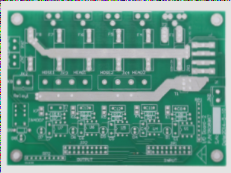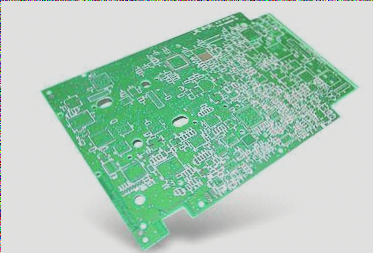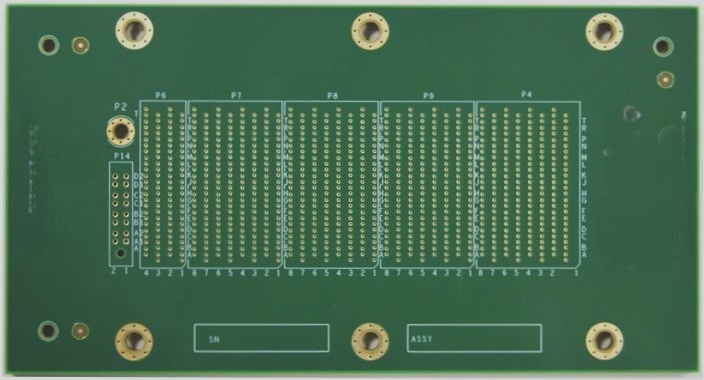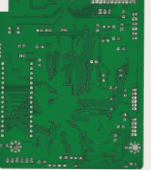Challenges and Solutions for FPC Connector Usage
Abnormal Noise During FPC Connector Turning
- One issue that may arise is abnormal noises during flipping due to the multi-layered FPC interfering with the inner wall of the hole. To address this, manufacturers can secure the layers with tape or glue, avoiding adhesion at the folded section to maintain the multilayer structure while reducing the FPC length.
- If the FPC length exceeds the aperture in the shaft hole, twisting can occur at a certain angle, leading to abnormal noises. Shortening the FPC can prevent contact with the inner wall when folded, ensuring normal functionality.
Scratches Between the FPC Connector and the Shell
- To prevent scratches, installing an iron shaft within the shell to secure the FPC can avoid collision and friction during opening and closing the flip.
- Adding a foam layer where the FPC contacts the aperture can reduce damage and extend its lifespan. However, addressing the design issue at its core is essential for a lasting solution.
- Transparent shells can help identify interference points with the FPC, allowing adjustments to be made by modifying the FPC length.
- For flip-cover mobile phones, winding the FPC around the shaft or using coaxial cables instead of FPCs can prevent twisting and breakage problems.

With the electronic industry’s growth, the use of FPC connectors has become widespread. It is essential to address challenges such as abnormal noises and scratches to ensure the efficient functioning and longevity of FPC connectors.




